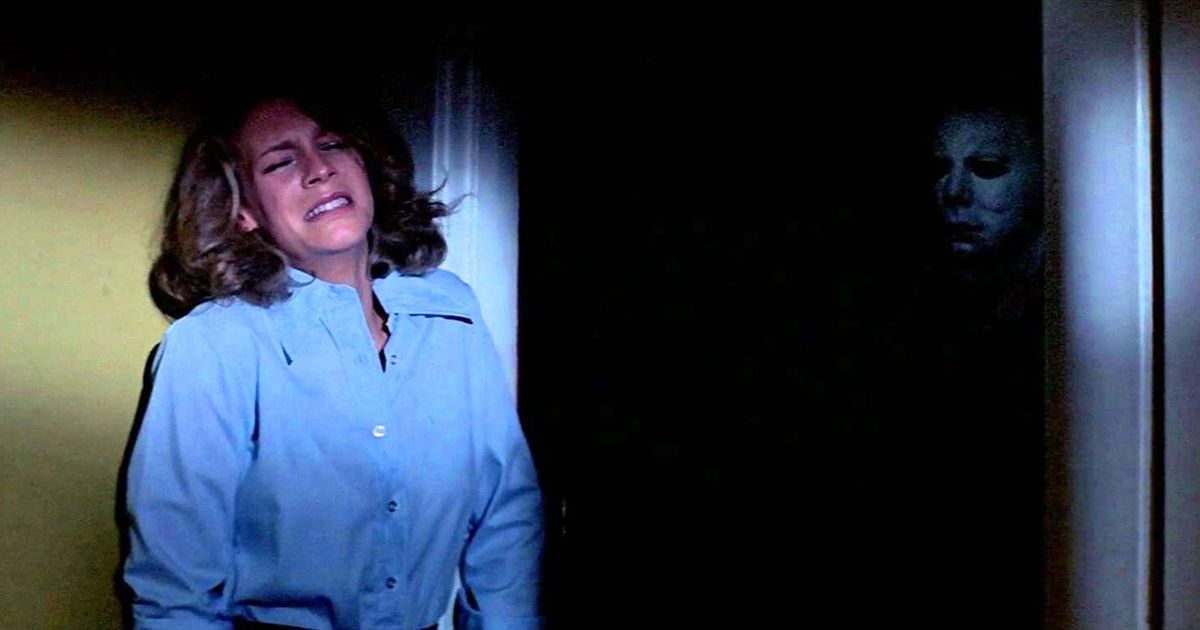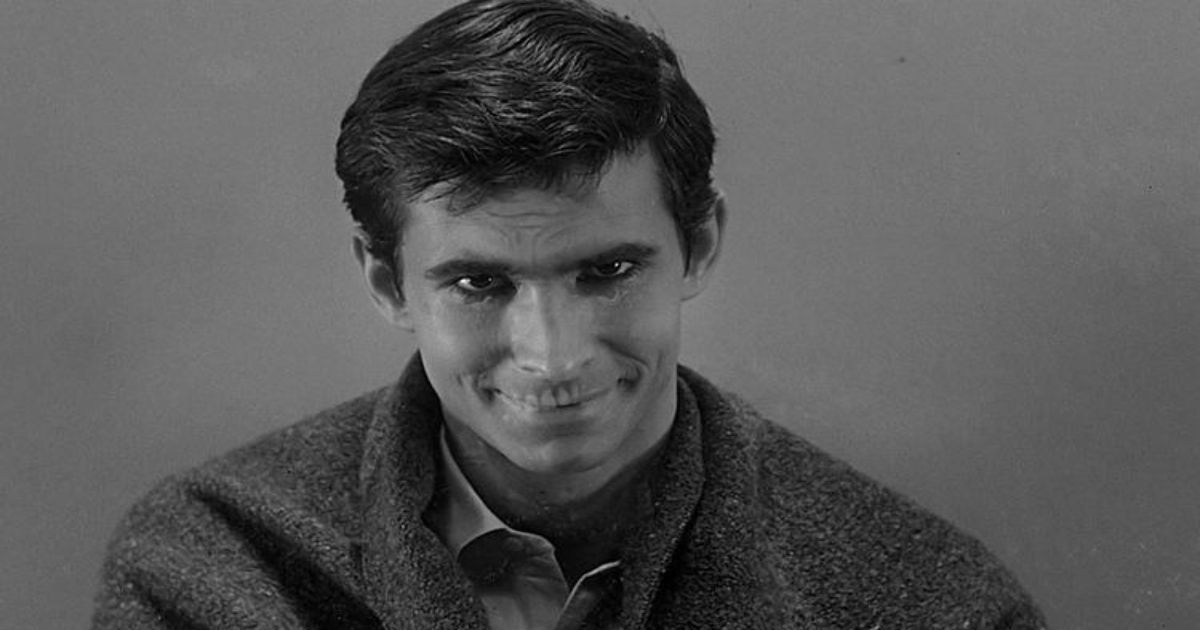Though the origin of the slasher film doesn't have an exact beginning, the sub-genre of horror undoubtedly had a kickoff in the 1970s. When talented directors bought their craftsmanship to create a face for the slasher and give birth to a new kind of villain, this helped create a launching pad for the slasher. Films like Halloween and The Texas Chainsaw Massacre had inimitable killers that still resonate with audiences today, generating new but unfavorable remakes.
Updated May 19th, 2023: If you enjoy watching horror movies and are a fan of terrifying slasher films, you'll be happy to know this article has been updated with additional content by Darren Gigool.
After horror peaked in the 80s and countless directors got their shot to put their spin on the genre, it hit a wall in the 90s. That said, thanks to Wes Craven, the slasher genre went under a revitalization. Films like Scream, Candyman, and I Know What You Did Last Summer were huge successes, becoming self-sustained franchises. Even today, the genre is still going strong with the relaunch of the Scream franchise and the successful Halloween trilogy. The strengths of these kinds of films are incredible body counts, teens getting wasted, and terrifying killers that appear human. These are the best slasher movies of all time.
12 The Burning
Integral to the surge of slasher films in the early '80s is The Burning. This film, set in a summer camp, spins the tale of teenagers becoming prey to a disfigured caretaker, Cropsy, hellbent on revenge for a past botched prank. Such a revenge plot, juxtaposed against the solitary summer camp setting, epitomizes the slasher genre's archetypes from this period, thereby bolstering the genre's popularity. With his garden shears in hand and grotesque face etched in the minds of audiences, Cropsy left horror enthusiasts profoundly affected.
The Burning, immediately following its launch, secured a fervent following among slasher film devotees. While Friday the 13th might have been released first and is the first thing audiences think of when they imagine summer camp horror, The Burning should not be overlooked.
11 Deep Red
Dario Argento's Deep Red, a celebrated Giallo masterpiece, introduced a distinctly Italian touch to the slasher genre. The film involves a music teacher drawn into a sequence of gruesome murder investigations, its complex plot and striking visual appeal make it a standout in Italian horror cinema. Deep Red carved out its unique identity with a focus on intricate storytelling and shocking plot twists, deviating from the primal, visceral horror common in its American peers.
Argento's painstaking attention to minute details and his carefully choreographed suspense sequences brought a novel and exhilarating perspective to the slasher storyline. Argento's distinctive style and direction have been praised for their contribution to Italian and global horror cinema, underlining the film's timeless allure and the director's trailblazing brilliance.
10 Sleepaway Camp
At piece with the cheesy 1980s aesthetic at the time but with a far more perverse, depraved, and fetishistic look at the teen life of Long Island, Sleepaway Camp is a disgusting but thoroughly entertaining traverse through the slasher genre. Following in the footsteps of a disturbed and painfully shy teen girl, Angela (Felissa Rose), the people at the camp that buy her begin to mysteriously die. Robert Hilztik never shows the murder on-screen but instead shows the body in the aftermath, creating a series of terrifyingly startling images that are just as haunting. The final image and twist at the end are one of the more disturbing shots in the genre.
9 Candyman
Backed by a romantically gothic film score from the maestro Philip Glass, director Bernard Rose creates a nightmare vision of Chicago with Candyman. Rose uses the world of academia and research to create a distance between Helen Lyle (Virginia Madsen), a grad student, and the environment she's accessing to have an otherworldly experience to understand trauma.
The trauma of slavery and gentrification manifests into a folklore tale of “The Candyman,” an iconic turn from the mammoth Tony Todd. Wielding a hook and bumblebees creates bloody murders that haunt a neighborhood for generations. The film inspired a successful film franchise, with the most recent entry in 2021 becoming a box office hit.
8 Dressed to Kill
Brian De Palma is known for being an heir to the suspense throne after the master, Alfred Hitchcock, and Dressed To Kill is his blatant homage. Partly inspired by Psycho, De Palma's film features a protagonist who gets killed off early, a shower scene, a gender-blurring killer on the loose, and heavy-handed psychoanalysis in the climax to put the killer away. Featuring a stunning museum chase sequence where the killer stalks his prey, De Palma once again showcases the visual capability to keep his audience in a trance.
7 Black Christmas
A horror film that lives under the artificial neon glow of Christmas lights and decor, Black Christmas is a slasher film terrorizing the classic teen victims of horror films and gives the genre a new feel because of the specificity of its calendar holiday. While director Bob Clark — whose other famous Christmas movie, A Christmas Story — isn't a genre staple, he knew the exact kind of aesthetic and technical approach to create the eerie sensation laden in the film's compositions. The director constantly cross-cuts, uses split diopter shots, and dramatic use of POV — in short, creating a slasher classic and is one of the most influential films in the genre.
6 Opera
Another entry from The King of the Giallo, Dario Argento’s slasher film Opera focuses on an intimate part of the human body, one so obvious that the design is ingenious. Argento keeps the audience's eyes, and also that of the victim, so close to harm and danger the film has an uneasy, squeamish quality throughout the runtime. Setting it in the world of opera singers, a stalker haunts Betty (Christina Marsillach) before she performs The Phantom of the Opera. What proceeds is Argento’s mastery of the craft, taking the karma and placing it wherever need be: peepholes, trashcans, etc. It's a complex slasher and one that never telegraphs its next move.
5 A Nightmare on Elm Street
With its petrifying villain, Freddy Krueger, A Nightmare on Elm Street provided a creative spin on the slasher genre. Krueger's unique way of taking the life of his victims involved infiltrating the dreams of his victims, blurring the line between nightmare and reality. This innovative approach gave a surreal touch to the slasher story, greatly expanding its reach and garnering a new loyal fanbase. Director Wes Craven's incorporation of ground-breaking special effects and fantasy components introduced a new paradigm within the slasher genre.
The fusion of dreamlike sequences with real-world terror was executed seamlessly through state-of-the-art effects, culminating in intensely suspenseful and gripping scenes. As time progressed, A Nightmare on Elm Street garnered recognition for its substantial influence on popular culture and the horror genre. Iconic symbols, such as Krueger's red and green sweater and his bladed glove, emerged from the film, which eventually led to a lucrative franchise, thus securing its place in the annals of horror cinema.
4 Scream
In the 1990s, the slasher genre felt all but done. However, one of its chief originators, Wes Craven, came back with a new idea. One that relished in the clichés flipped them out and gave it to an audience that knew what they wanted but not how to do it. Scream is tongue-in-cheek in its nature, as a group of teens discusses all the horror movie rules as a killer who wears a ghost face mask runs amok.
The moves, though telegraphed, created an emotional trauma that is visceral. Thanks to a stellar cast of David Arquette, Neve Campbell, Matthew Lillard, Jamie Kennedy, Courtney Cox, and Skeet Ulrich, the film has had legs for decades now. Craven created another staple and one that has wits. The franchise is still going strong to this day, with Scream VI being both a box office and critical hit.
3 Texas Chainsaw Massacre
A dirty and crackling film from start to finish, Tobe Hooper’s foray into the horror genre came in high on this low-budget, celluloid burner Texas Chainsaw Massacre. Creating a dynamic of teens that would be mere flesh puppets for the family of the deranged and murderous whose house they dwelled upon. Hooper directs every gruesome kill with maximum carnage intent, bringing the film in the hot Texas sun. While also giving the horror canon its iconography with the legendary “Leatherface,” Texas Chainsaw Massacre is one of the dirtiest American films ever made.
2 Halloween
John Carpenter’s Halloween created a legacy in film that is still thriving today. With the inimitable Michael Myers in the blue trench mechanics suit and the terrifying remix of a James T. Kirk (Star Trek) mask, Carpenter created an icon. As Michael Myers stalks the seemingly perfect little town of Haddonfield, Illinois, Carpenter fills the air and atmosphere with dread. Composing a score that is inseparable from the film’s tone, Halloween is spooky from beginning to end. While also giving way to Jamie Lee Curtis to become the ultimate badass scream queen. Building off of The Texas Chainsaw Massacre and Black Christmas, Halloween set the template for the modern slasher and inspired multiple imitators.
1 Psycho
Alfred Hitchcock was at his most innovative with Psycho, and he gave us the ultimate evil momma’s boy in Norman Bates. Played with a subtle naivety that transformed into psychopathy by Norman Bates, Psycho is one of the great slashers of all time. Another set piece from the master of suspense that will remain in the memory of film lovers forever is the infamous shower scene. Not only was that scene groundbreaking for its depiction of murder — the number of scene cuts in a short period — but also for the killing off of whom we thought the main character would be in the first 20 minutes. This trick has inspired legions of horror films, and Psycho remains an all-time classic.


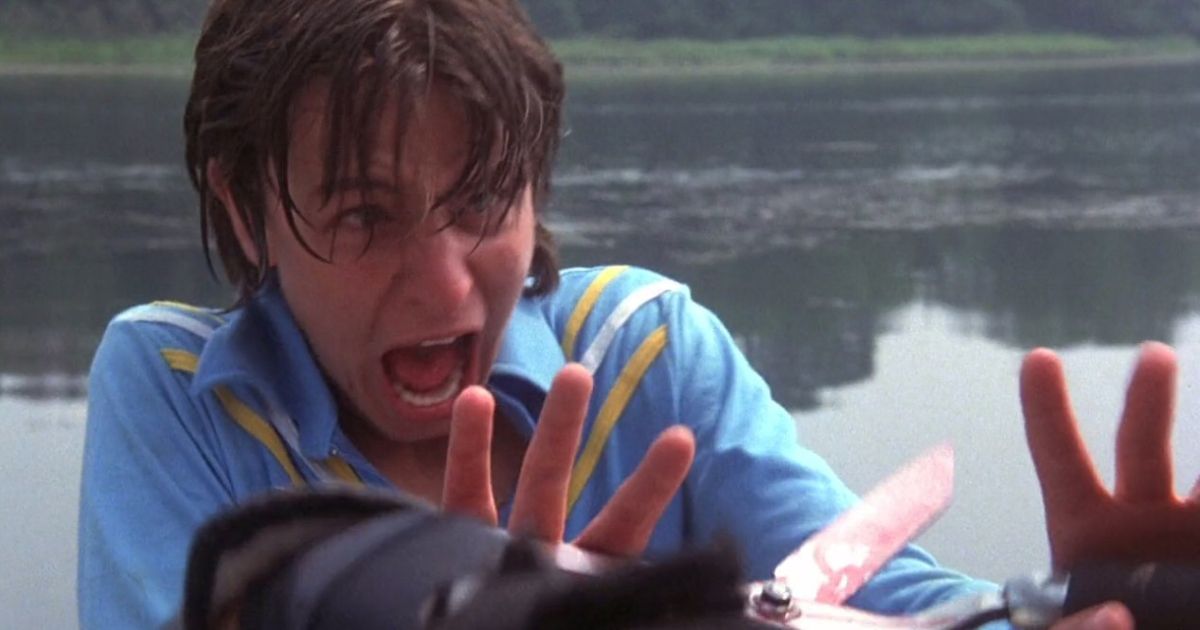
.jpg)
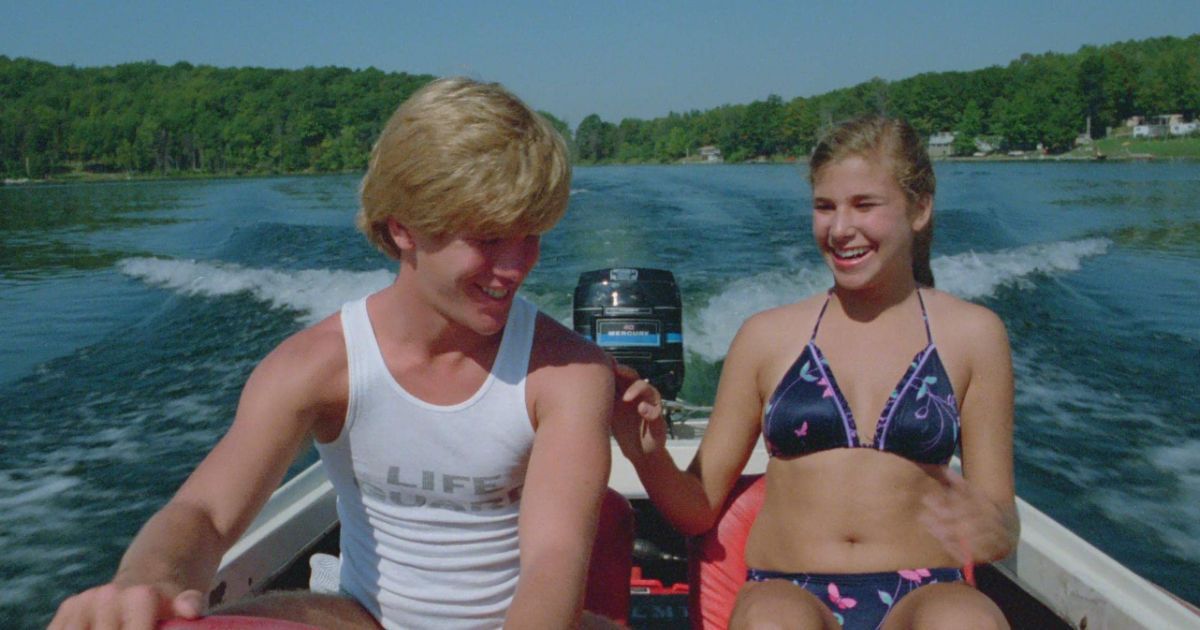

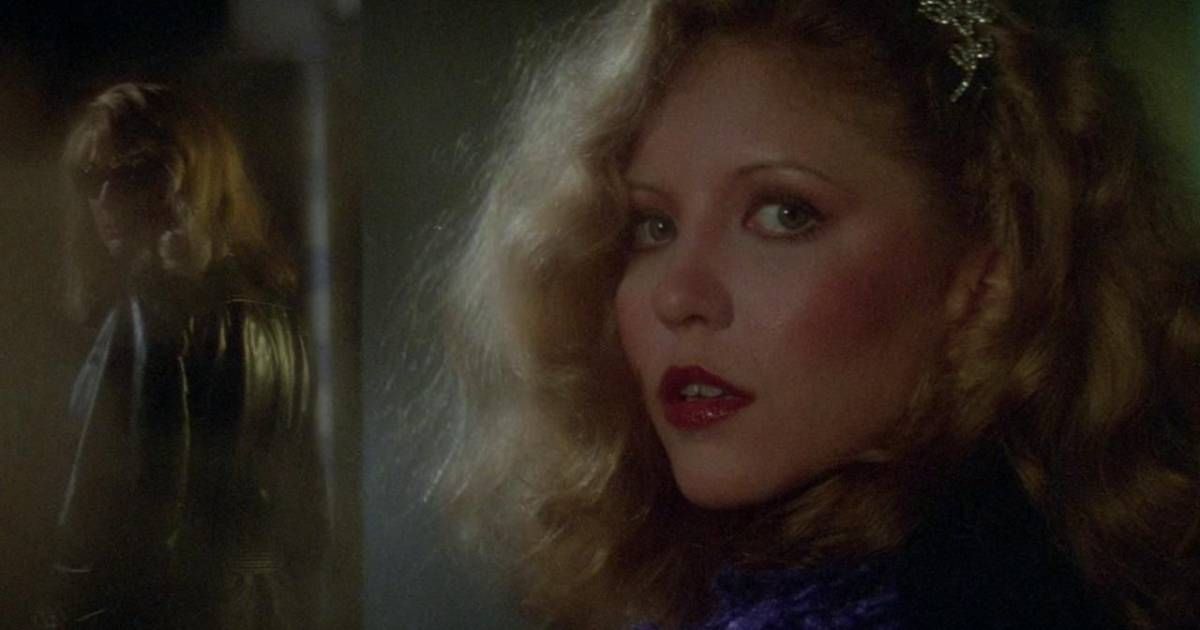
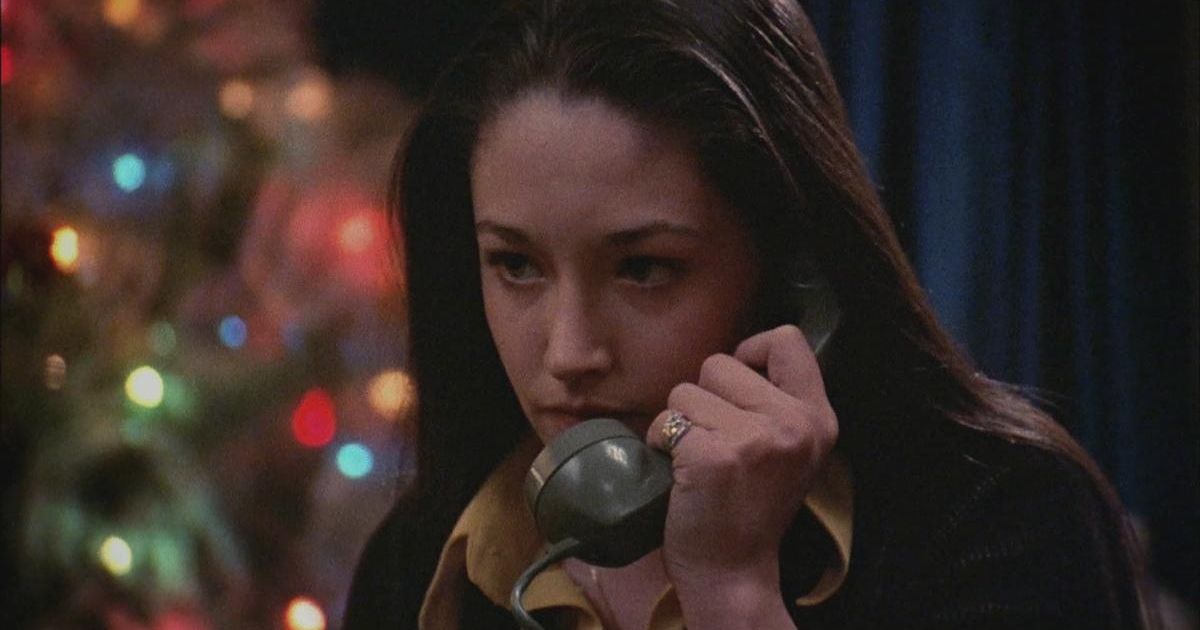
.jpg)
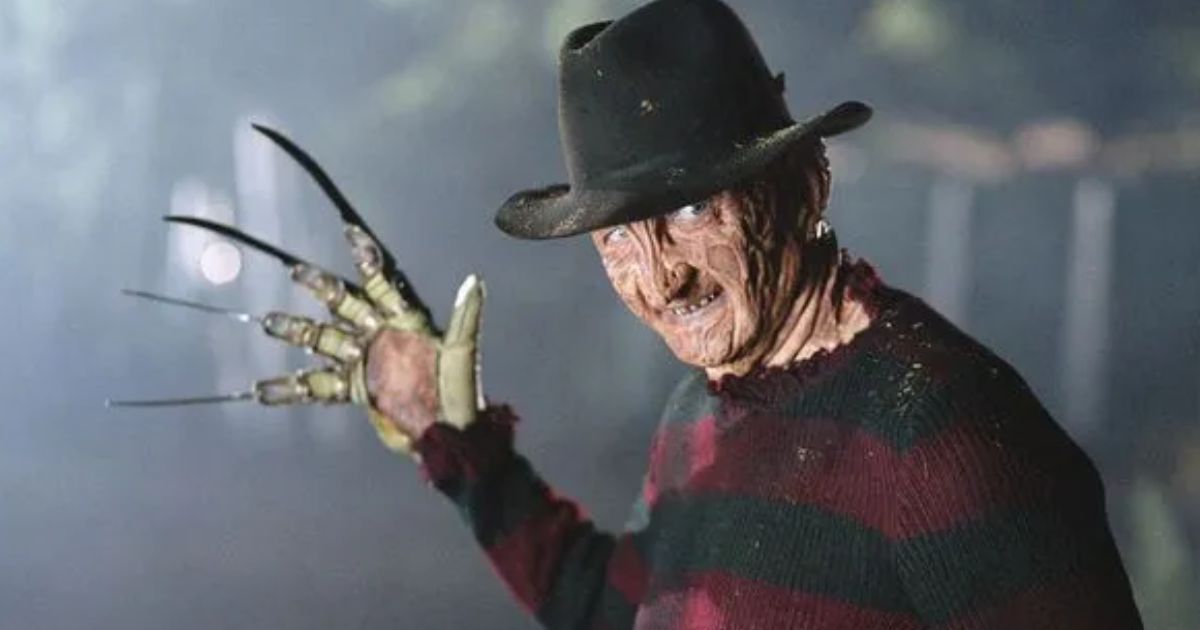
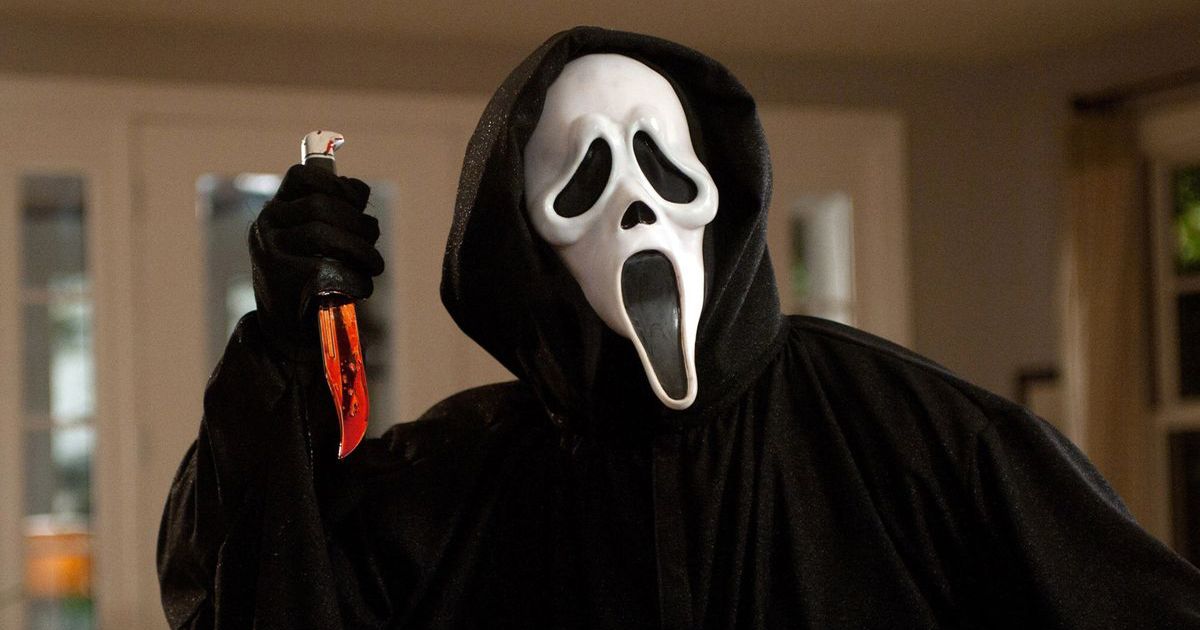
.jpg)
